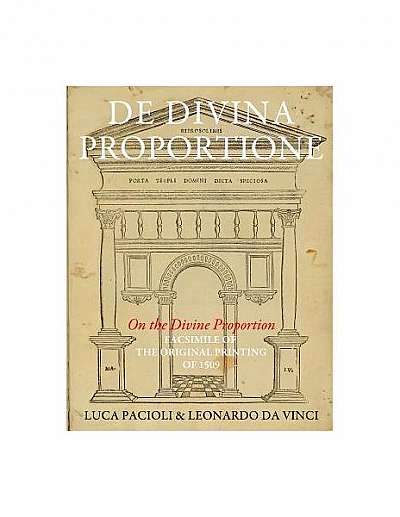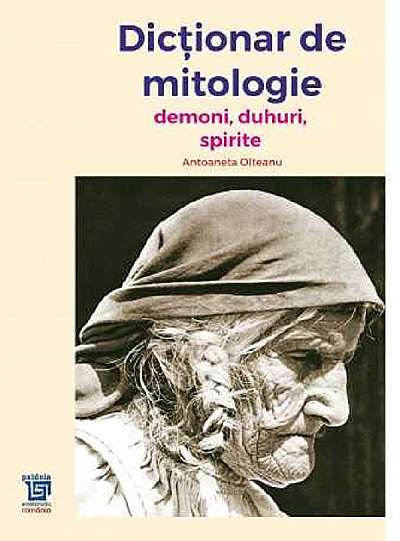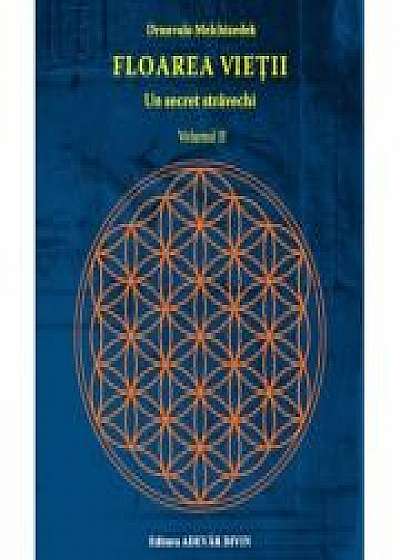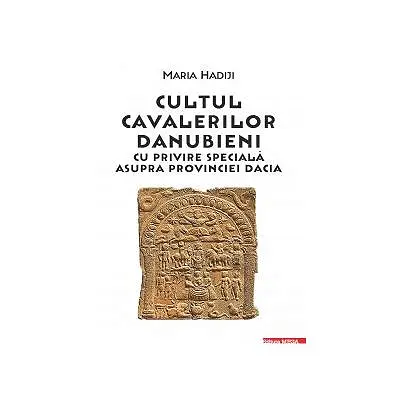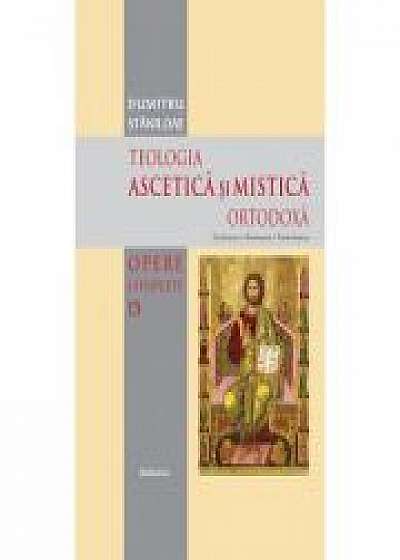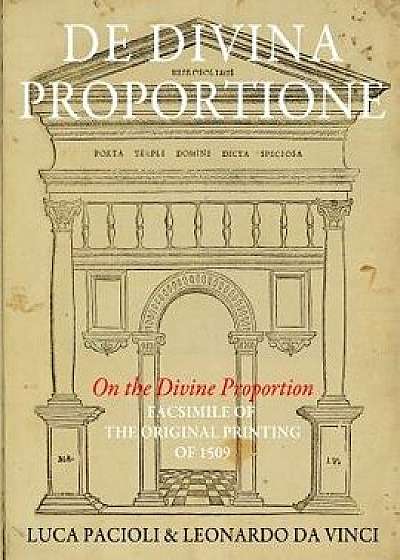
de Divina Proportione (on the Divine Proportion): Facsimile (in Black and White) of the Original Version of 1509, Paperback/Luca Pacioli
Descriere
Contributor(s):Author: Luca Pacioli Author: Leonardo Da Vinci Editor: Leopold Publishing This is a facsimile (in black and white) of De Divina Proportione ("On the Divine Proportion"), printed June 1st 1509 in Venice, of which only two copies reached our XXIth century. It had to become one among the most famous books in the world, but not only because it was partly made by Leonardo da Vinci and printed during his lifetime. He drew fifty nine of the sketches it includes, which form the earliest work from the artist's hand to appear in print. Luca Bartolomeo de Pacioli (1445-1517), Italian mathematician and Franciscan friar, wrote the full text of it. He and Leonardo da Vinci set forth a way of describing the visible world in terms of its common geometrical elements, what he calls the "divine proportion," equally known as the "Golden ratio." Even the layout of this book, which we may find somehow surprising today, Pacioli and da Vinci drafted it on a geometrical grid with respect to the divine proportion. De Divina proportione also is one of the most remarkable illustrated books published in the sixteenth century. Based on the writings of Plato, Euclid, and Vitruvius, and arguing his thesis by means of exegesis and the generous use of evocative illustration, Pacioli claims that this proportional element is shared by a variety of solid bodies, from human anatomy to architectural forms and even to the composition of the letter's design in the Roman alphabet. Today we don't know how many copies of De Divina Proportione were printed in Venice by printer Paganinus de Paganinus. Two surviving copies only exist, one at the Biblioteca Ambrosiana in Milan, and the second at the Bibliotheque de Geneve in Geneva, Switzerland. For the intersection of art and science and the active engagement of the pre-eminent genius of the period, Leonardo da Vinci, this is one of the most iconic works of the Italian Renaissance. The clarity of both the written material and Leonardo's diagrams gave
